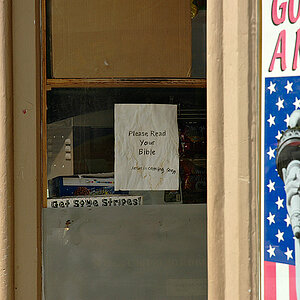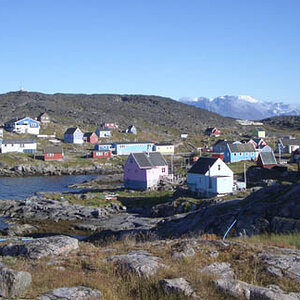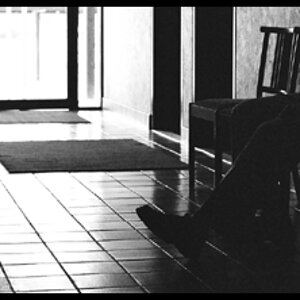I've seen a lot of emulsion lifts but none quite like this. Usually they look kind of wrinkled and torn but this guy has his looking smooth and with no background. He mounted them on copper leaf. I really love the look. So my question is (and keep in mind I've never fooled around with a Polaroid though I find transfers/lifts interesting, but my knowledge of the process is VERY limited) how does he do it? Did he raise the lift and then cut around the image of the doll with scissors before putting it on the copper leaf. If so does he wait till the lift dries and then cuts it or did he cut it while it was still wet? But how did he get it to not have all those wrinkles? Also, if you wanted to isolate an image and apply the whole lift so that no background shows up (like in his pieces) if you photographed against say a white background does that appear more transparent. Not even sure that makes sense but hopefully someone will get what I'm saying.  Or did he just cut out his background all together. It sure looks like that's what he did. One more thing. What is the permanence like of these types of images. How long will they last? I've heard they fade very quickly in UV. What kind of varnishes can one use to protect them? Wonder if it's the same type of stuff that keeps the copper leaf from losing its shine. Here's a link to one of the images in the series I'm talking about:
Or did he just cut out his background all together. It sure looks like that's what he did. One more thing. What is the permanence like of these types of images. How long will they last? I've heard they fade very quickly in UV. What kind of varnishes can one use to protect them? Wonder if it's the same type of stuff that keeps the copper leaf from losing its shine. Here's a link to one of the images in the series I'm talking about:





![[No title]](/data/xfmg/thumbnail/35/35213-19b5e1596f756d523bfde9446f21ca8a.jpg?1619736951)




![[No title]](/data/xfmg/thumbnail/32/32709-80f0f0432fd5ec548a3efdb60ef77d46.jpg?1619735613)




